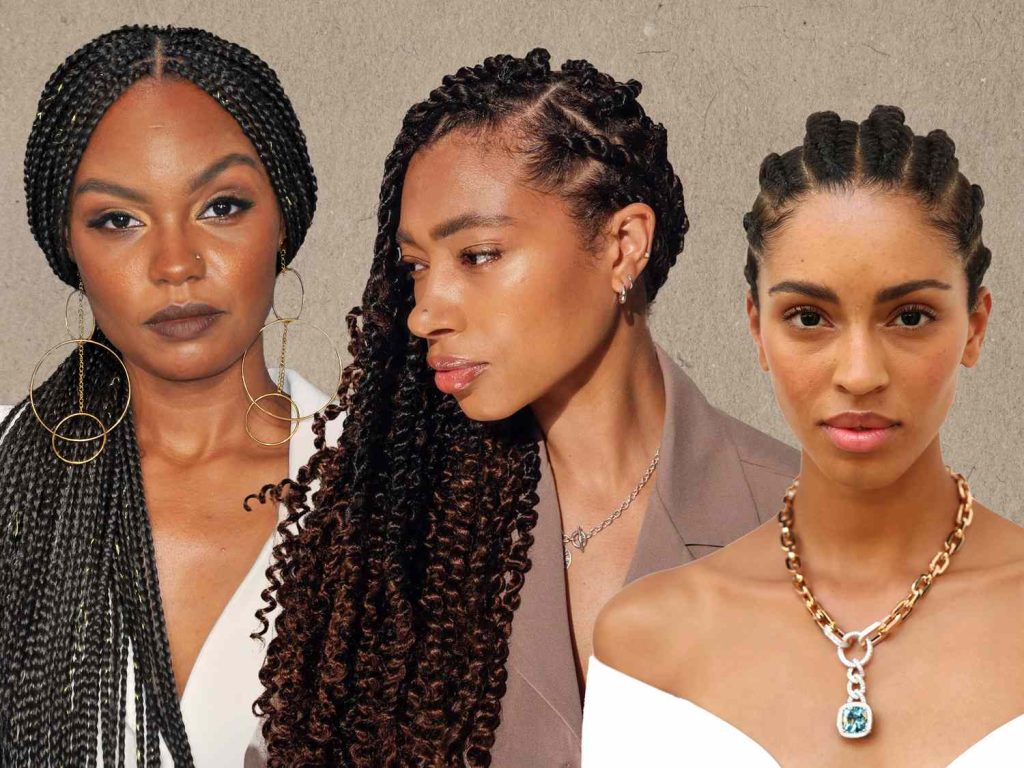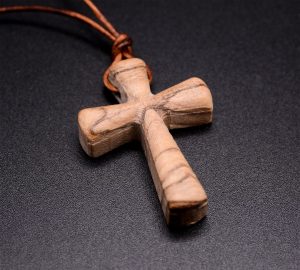Protective Hair Styling Options: Stylish Looks Without Compromising Hair Health

Healthy, strong hair is the foundation of any great hairstyle, but achieving a balance between style and hair health can be challenging. Protective hair styling options offer the perfect solution, allowing you to explore creative, fashionable looks without causing damage or breakage. In this comprehensive guide, we’ll explore the best protective hair styling options, tips for maintaining them, and how to make the most of your hair while keeping it healthy and vibrant.
What Are Protective Hair Styling Options?
Protective hair styling options are hairstyles that shield your hair from environmental stressors, manipulation, and breakage while promoting growth and moisture retention. These styles are particularly beneficial for natural hair, chemically treated hair, or anyone experiencing hair fragility. By minimizing friction, heat exposure, and excessive styling, protective hairstyles help maintain your hair’s integrity and overall health.
Key Benefits of Protective Hair Styling Options
- Reduced Breakage: Styles that keep hair tucked away prevent daily wear and tear.
- Moisture Retention: Hair stays hydrated longer when ends are protected from exposure.
- Promotes Growth: Minimizing manipulation allows hair to grow without unnecessary stress.
- Time-Saving: Many protective styles are low-maintenance and can last weeks with proper care.
- Versatility: Protective styles range from casual everyday looks to elegant formal hairstyles.
Popular Protective Hair Styling Options
Choosing the right protective hair styling option depends on your hair type, lifestyle, and personal preference. Here are some of the most popular and effective styles:
Braids
Braids are one of the most versatile protective hair styling options. From cornrows to box braids, braiding reduces daily manipulation and can last for several weeks. Braids also allow for creativity, enabling you to experiment with patterns, colors, and accessories.
Tips for Braids:
- Ensure your braids are not too tight to prevent traction alopecia.
- Moisturize your scalp regularly with light oils or leave-in conditioners.
- Cover your braids at night with a silk or satin scarf to prevent frizz.
Twists
Twists are another excellent protective hair styling option, offering a softer alternative to braids. They can be worn as Senegalese twists, Marley twists, or two-strand twists. Twists are easy to maintain and can provide a natural, elegant look.
Tips for Twists:
- Avoid over-twisting near the scalp to prevent tension and hair loss.
- Keep your twists clean and conditioned to avoid buildup.
- Refresh your twists with a water-based moisturizer to maintain shine and softness.
Wigs and Extensions
Wigs and extensions allow you to change your look without applying heat or chemicals directly to your natural hair. They can serve as a protective barrier while offering a range of styles, lengths, and textures.
Tips for Wigs and Extensions:
- Always braid or cornrow your natural hair underneath for protection.
- Use a wig cap to reduce friction and protect your scalp.
- Avoid wearing wigs too tightly to prevent tension and headaches.
Updos and Buns
Elegant updos, buns, and chignons are classic protective hair styling options that keep your hair tucked away and reduce exposure to environmental stress. These styles are ideal for formal events, work, or casual everyday wear.
Tips for Updos:
- Use soft hair ties or scrunchies to avoid breakage.
- Incorporate pins and accessories without putting excessive tension on your hair.
- Keep the hair moisturized before styling to maintain smoothness and shine.
Protective Hair Styling for Children
Children’s hair requires gentle care, and protective hair styling options like small braids, twists, or ponytails can prevent tangling and breakage. It’s essential to avoid styles that are too tight or heavy, which can strain delicate hair and scalp.
Tips for Children:
- Rotate styles regularly to avoid prolonged tension on the same areas.
- Use kid-friendly, moisturizing hair products.
- Keep braids and twists neat but not tight to allow for healthy scalp growth.
Maintaining Protective Hair Styles
Even the best protective hair styling options require proper maintenance to ensure hair health. Follow these tips to get the most out of your protective hairstyles:
Moisturize Regularly
Hydration is key to preventing dryness and breakage. Use water-based leave-in conditioners or light oils to keep hair soft and nourished.
Cleanse Without Disruption
Avoid harsh shampoos or excessive scrubbing that can unravel your style. Instead, use gentle cleansers and focus on your scalp to maintain cleanliness.
Limit Manipulation
Once your protective hairstyle is in place, avoid frequent touching or styling. Excessive manipulation can lead to frizz, breakage, and reduced longevity.
Nighttime Care
Protective hairstyles last longer with nighttime care. Use silk or satin scarves, bonnets, or pillowcases to reduce friction and maintain moisture.
Trim Regularly
Even while wearing protective hairstyles, trimming split ends periodically helps maintain healthy hair and prevents tangling.
Choosing the Right Protective Hair Styling Option
Selecting the best protective hair styling options depends on your hair type, lifestyle, and personal preference. Consider these factors:
- Hair Length and Texture: Some styles work better with long hair, while others are suitable for short or natural hair.
- Lifestyle and Activity Level: Choose styles that accommodate your daily routine, workouts, and comfort.
- Maintenance Commitment: Decide how much time you are willing to dedicate to upkeep.
- Scalp Health: Avoid tight styles that strain your scalp or hairline.
Common Mistakes to Avoid
To maximize the benefits of protective hair styling options, steer clear of these common mistakes:
- Wearing styles too tightly, which can cause hair loss.
- Neglecting moisture and scalp care.
- Keeping protective styles in for too long, leading to matting or breakage.
- Using heavy products that weigh hair down or clog follicles.
Final Thoughts: Stylish and Healthy Hair
Protective hair styling options offer a perfect balance of style and hair health. By choosing the right hairstyle, maintaining it properly, and avoiding common pitfalls, you can enjoy creative, low-maintenance looks while promoting strong, healthy hair. Whether it’s braids, twists, wigs, or updos, protective hairstyles empower you to explore trends confidently without compromising your hair’s integrity. Take the time to care for your hair while embracing versatile, stylish options that enhance your natural beauty. With the right approach, your hair can thrive, grow, and always look its best.




